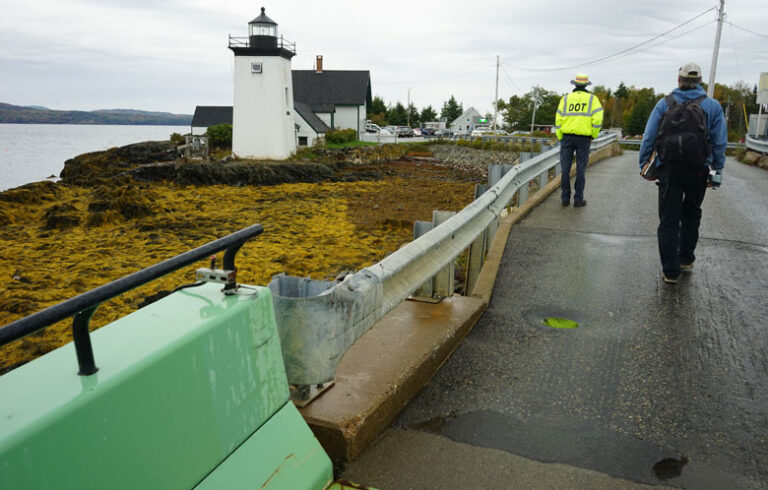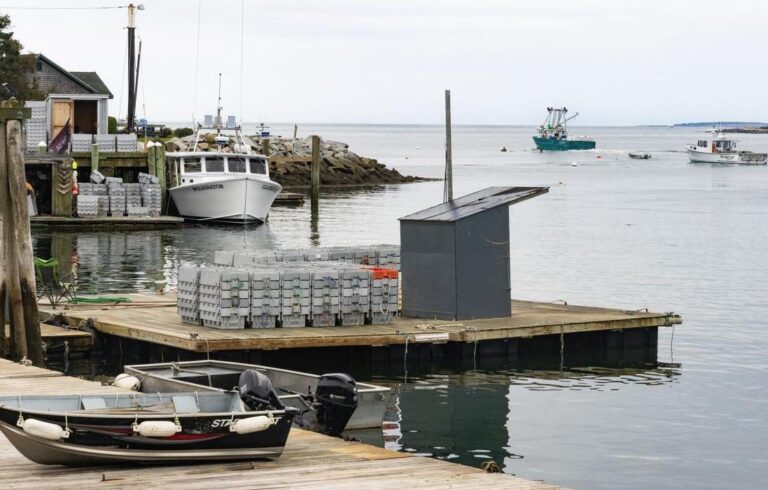When we talk about ocean resilience, we are talking about capacity to heal and sustain ocean systems over time when interrupted by natural events such as extreme weather, flooding, and earthquakes.
The challenge is the intrusion of human activities such as nearshore development, agricultural run-off, industrial pollution, filling and dredging, and port construction—all of which disturb the natural order and make significant, detrimental changes to the environment not easily renewed or repaired. Some observers estimate that over 40 percent of marine ecosystems—coral reefs, mangrove forests, rocky shorelines, and seagrass beds—have been severely impacted due to such land-based activities aggravated by relentless, illegal fishing.
How much time do we have with no significant national ocean policy to change the behaviors that created the problem?
How then can ecological resilience be sustained? And given the documented consequence on social resilience, how really can we expect to redress and progress out of a global situation that may be beyond repair?
An article by Dr. Anjani Ganase, an ecologist at the Institute of Marine Affairs in Tobago, suggests various tools with which to confront the challenge: coastal zone management, upstream pollution reduction and controls, marine spatial planning, fisheries policies, re-purposing of fishers to aquaculture, and other good ideas that can help, even if only to diminish the decline and deterioration and begin to heal the natural and community wounds that people in typically poor and undeveloped places have endured.
Tourism has helped, at least in terms of employment and tax-revenue, but impacts of beach-front construction, over-consumption of limited resources, crime, and health issues suggest a false economy.
Further, the financial forces may now be even more destructive than we fully understand. Recently, the U.S. Bureau of Economic Analysis released its first official Marine Economy Account, a satellite analysis of U.S. Gross Domestic Product (GDP).
The report indicates that the marine economy, touted as the blue economy, represents 1.9 percent or $397 billion of current-dollar GDP in 2019, and grew at an annual rate of 4.2 percent, a substantial increase over the 2014-2018 analyses. For the first time, the report looks at the marine economy by industry categories: offshore minerals, real estate, transportation, sight-seeing, ferries, ship-building, tourism, and national defense. The geographic scope includes the Atlantic, Pacific, and Arctic oceans within the U.S. Exclusive Economic Zone (up to 200 miles offshore), as well as other discrete ocean bodies within the U.S.
It is the scale of this enterprise that matters. The marine economy GDP is small in the context of the overall U.S. economy, but it is enormous compared to that of a Caribbean island state. External economic factors create small variances. Even the devastation of a major coastal hurricane does not set the complete economy off-kilter with serious, but limited social effect, typically addressed by large federal funds and other resources to mediate and compensate for the damage.
Such an event in Tobago, or Puerto Rico, results in a very different scenario: widespread physical destruction, destroyed services, disrupted employment, and little to no funds available to address social needs or the cost of restoration.
Resilience, then, is a personal matter, not a statistical report, but a set of circumstances measured by loss, the possibility of renewal, and the outcomes experienced on the ground and along shore. That is no longer a hypothetical event, but a recurring one worldwide, where what we have done and to what we have done it can no longer protect us from not just natural events, but man-made ones too.
Scale is also a measure of time. How much time do we have to take steps to protect from mistakes of our own making? How much time do we have with no significant national ocean policy to mitigate and change the structures and behaviors that created the problem? How would it be if that 1.9 percent of Gross Domestic Product was lost? What would happen if all that value was lost to us in a global economy where ocean environments and financial connections, the maritime goods and services that are essential to our health and welfare every day, were no longer available? How resilient, then, would we be? How resilient, then, could we be?
Peter Neill is director of the World Ocean Observatory, which produces weekly radio essays heard on WERU-FM, 89.9, on podcast at apple.com/us/podcast/world-ocean-radio/id425361249, and at www.worldoceanobservatory.org/world-ocean-radio. He lives in Sedgwick.





